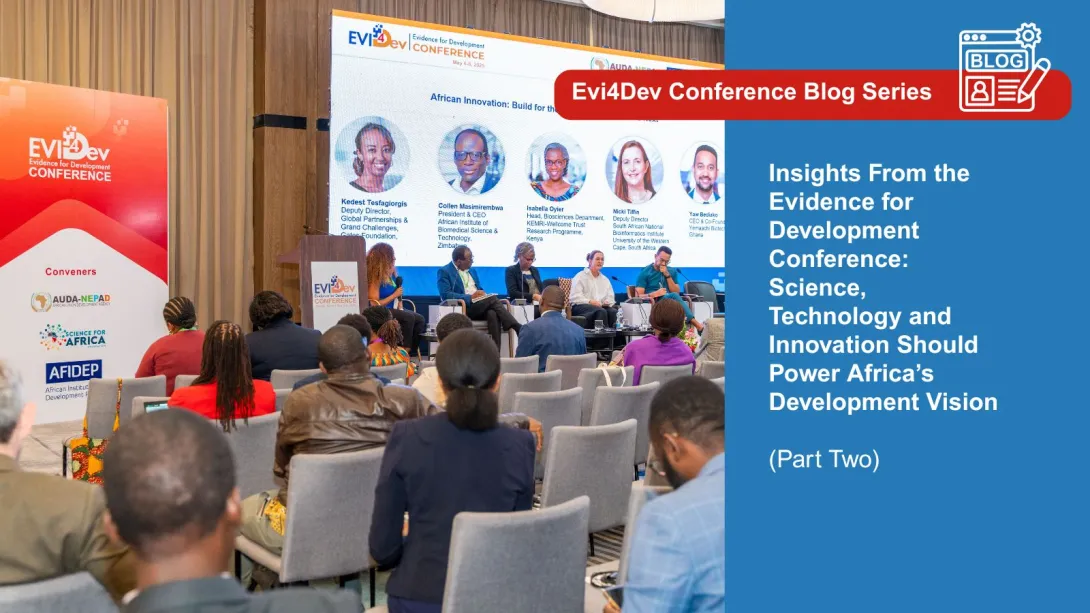
By Derick Ngaira
Africa’s transformation agenda cannot be achieved without fully embracing science, technology, and innovation (STI) as drivers of inclusive and sustainable growth. The African Union’s Science, Technology and Innovation Strategy for Africa (STISA) 2024–2034 offers a blueprint to place STI at the heart of national development plans, industrial policies, education systems, and governance frameworks. But this vision will only become reality if governments, institutions, and communities act together and with urgency.
At the Evidence for Development (Evi4Dev) Conference in May 2025, leaders from across sectors reiterated the critical role of STI in delivering Africa’s Agenda 2063. The discussions underlined the need to embed STISA 2034 in national strategies, highlighting policy priorities, sharing success stories, and identifying persistent gaps that must be addressed to realise the strategy’s full potential.
STISA 2034 is a compass to reposition science and innovation as core enablers of Africa’s growth. From improving healthcare and food security to addressing climate change and creating decent jobs for youth, STI should be the engine that powers inclusive development.
To achieve this, collaboration is key. No single actor – government, academia, civil society, or the private sector – can deliver on STISA alone. The Evi4Dev Conference emphasised the need for cross-sector coordination to implement the strategy and monitor progress. Ministries need to work with universities and research institutions to align academic curricula with industrial and national development needs. The private sector should co-invest in research and support skills development. Regionally, African states need share knowledge, technologies, and lessons to fast-track collective progress.
Equally urgent is the transformation of Africa’s education systems to reflect 21st-century realities. Governments, schools, and universities must prioritise science, technology, engineering, and mathematics (STEM), alongside digital education. These skills are essential for preparing Africa’s youthful population to innovate and lead in the digital economy. Gender equity should also be at the centre of these efforts, therefore, gender-responsive policies are key to unlocking the full potential of women and girls in science and leadership.
But investment must match ambition. The Evi4Dev Conference highlighted the need for greater public funding for research and innovation. Support for basic research, often overlooked, is especially critical, as it underpins future breakthroughs. Moreover, the integration of indigenous knowledge systems into the innovation pipeline will ensure that solutions are locally rooted and culturally relevant.
For STI to drive policy change, research findings should be communicated effectively. Researchers need skills in science diplomacy and communication to bridge the gap between knowledge and action. Universities should embed these competencies into postgraduate programmes, while researchers must proactively engage policymakers to co-create solutions based on evidence.
The time for lip service is over. Africa has the ideas, the people, and the passion to lead its own transformation. With STISA 2034 as a guide and the momentum from the Evi4Dev Conference as a catalyst, the continent must now act boldly and place science and innovation at the heart of its development journey.
Part 3 of the blog series focuses on the need for investing in digital technologies such as artificial intelligence to realise the Africa We Want.

